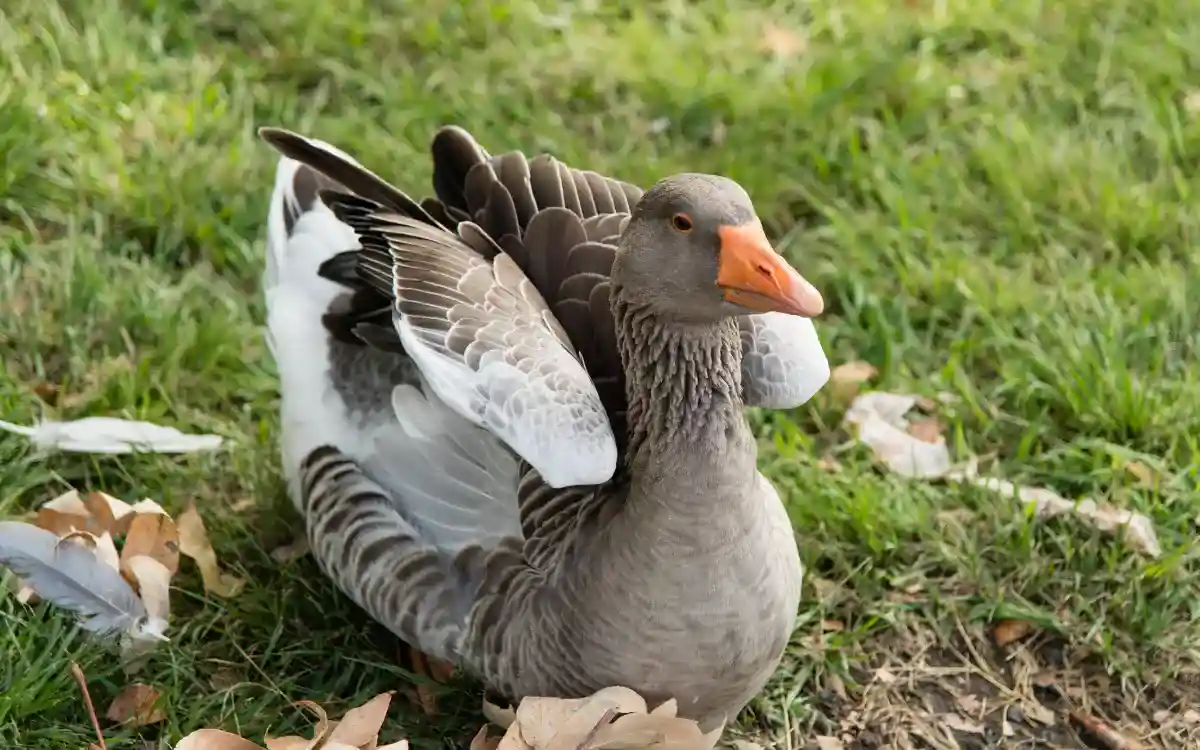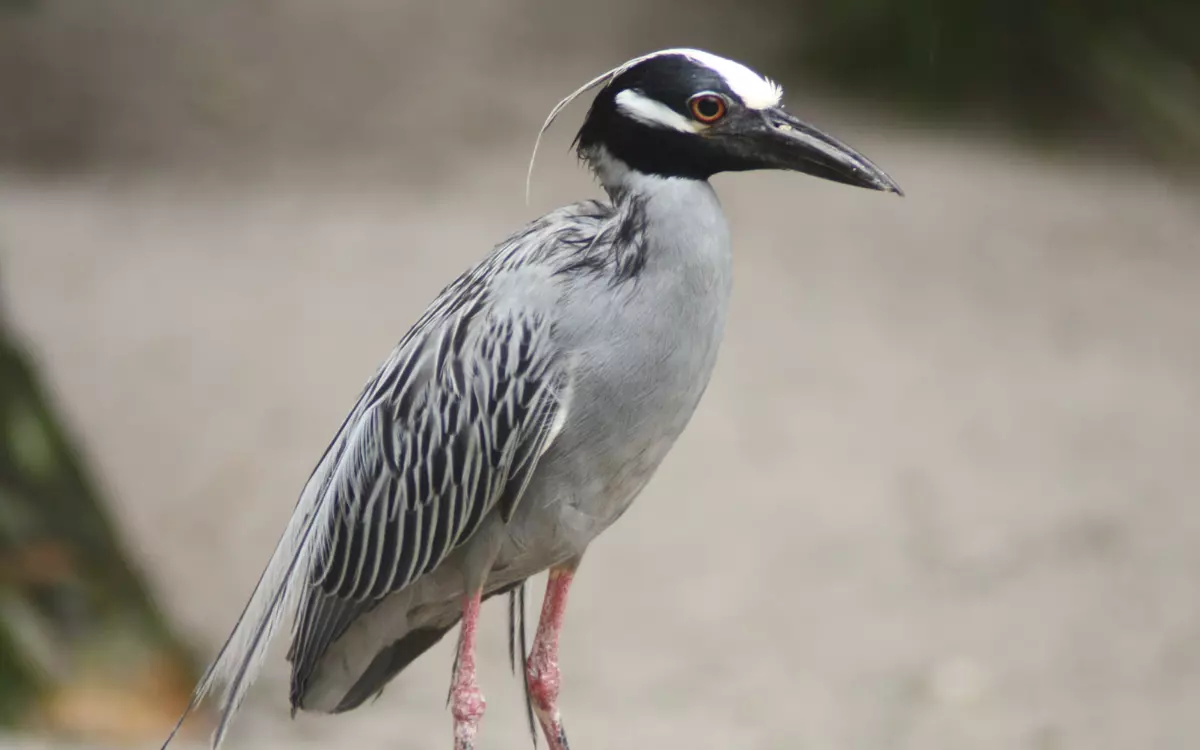30 Winter Birds of Arkansas: Common Species
When the temperatures drop and the trees go bare, bird activity in Arkansas doesn’t slow down it just shifts. Winter brings a whole new cast of feathered characters to backyards, forests, and fields. From the cheery flash of a Northern Cardinal to the jittery flocks of Dark-eyed Juncos, these seasonal birds are surprisingly active. Whether you’re filling feeders or hiking woodland trails, here’s a look at the winter birds that call Arkansas home.
1.Northern Cardinal (Cardinalis cardinalis)
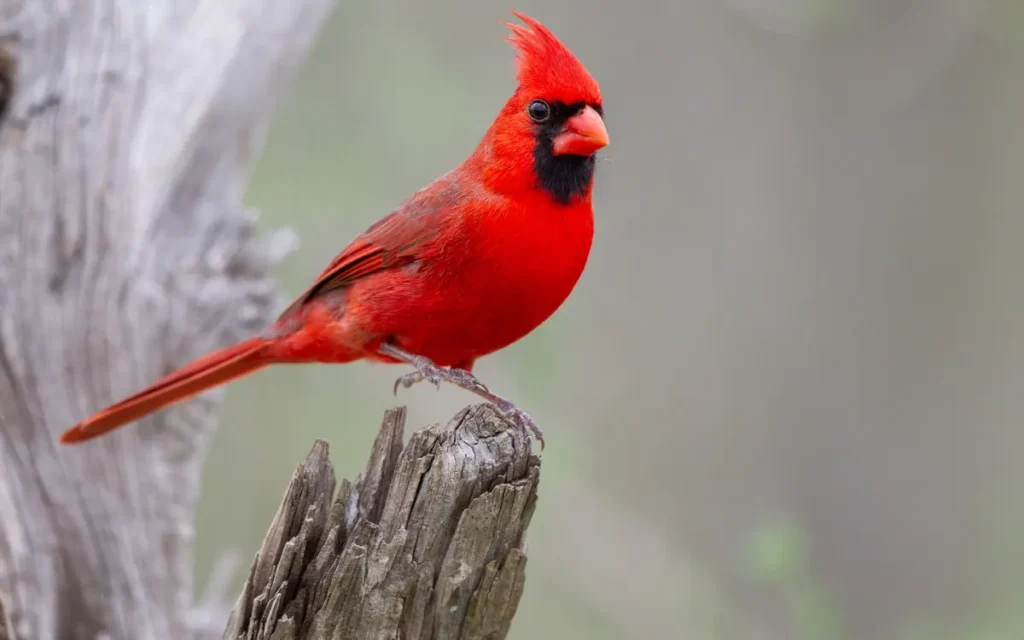
One of the most recognizable winter birds in Arkansas, the Northern Cardinal adds a splash of color to snow-covered yards. Males are vivid red, while females wear warm tan with red highlights. These birds don’t migrate, so they’re easy to spot year-round—but their bold color makes them pop even more against a winter backdrop. They’re frequent visitors at feeders, especially when sunflower seeds are offered.
Quick Facts:
- Year-round resident in Arkansas
- Loves sunflower seeds and safflower
- Pairs often seen foraging together in winter
2.Dark-eyed Junco (Junco hyemalis)
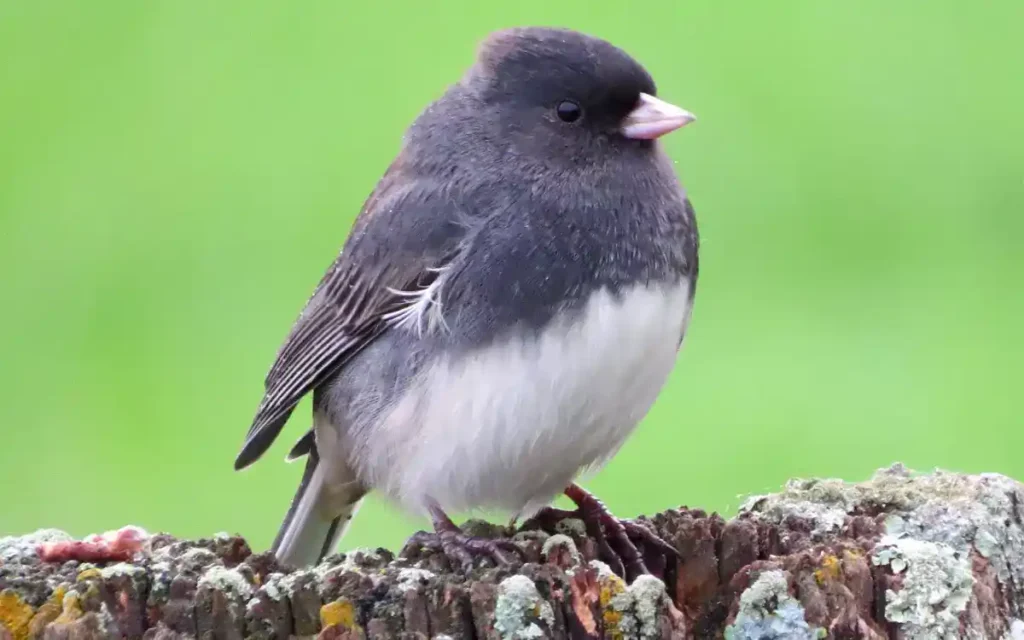
Nicknamed “snowbirds,” Dark-eyed Juncos are a sure sign that winter has arrived in Arkansas. These small slate-gray birds with white bellies migrate south from Canada and the northern U.S. each fall. They spend most of their time hopping on the ground beneath feeders, searching for fallen seeds. Their high-pitched chirps and group foraging behavior make them a fun addition to any winter yard.
Quick Facts:
- Only present in Arkansas during winter months
- Prefers millet, cracked corn, and sunflower bits on the ground
- Often found in flocks with sparrows
3.White-throated Sparrow (Zonotrichia albicollis)
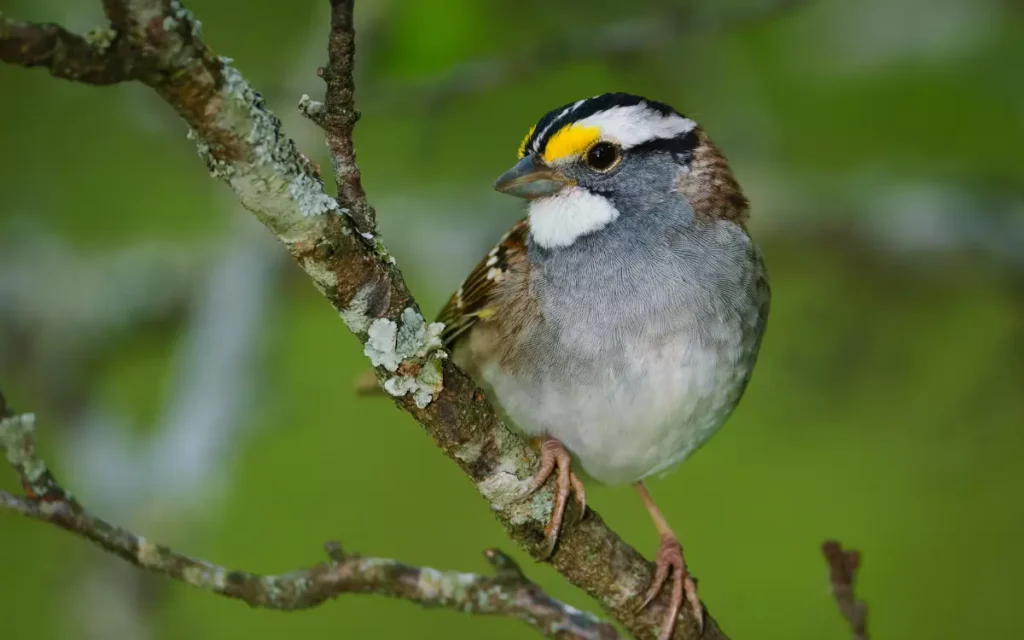
This striking winter visitor is easy to identify thanks to its crisp white throat and yellow lores (the patch in front of its eyes). White-throated Sparrows scratch through leaf litter under shrubs and visit feeders with juncos and cardinals. Listen for their sweet whistled call, often described as “Oh-sweet-Canada,” during quiet winter mornings in Arkansas backyards or woodland edges.
Quick Facts:
- Common in wooded areas and backyard thickets
- Attracted to mixed seed blends and brush piles
- Whistles a clear, musical song even in winter
4.Song Sparrow (Melospiza melodia)
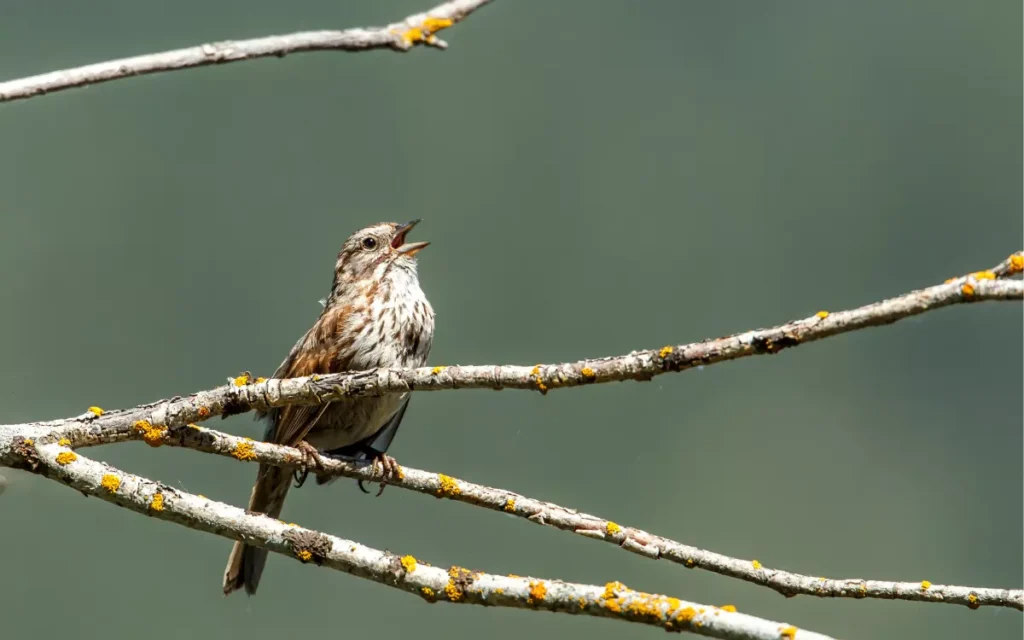
Song Sparrows stay year-round in Arkansas but become more noticeable in winter when other vegetation dies back. They have streaked chests, rounded tails, and a slightly hunched posture. These birds are frequent visitors at low feeders and are often seen flicking their tails while foraging. Their call is a sharp “chimp” and they sometimes sing soft notes even in colder months.
Quick Facts:
- Streaked chest and long tail help with ID
- Often forages in weedy patches and field edges
- Low ground feeder preferred with cracked corn or millet
5.Carolina Chickadee (Poecile carolinensis)

Cheerful and curious, Carolina Chickadees are small, black-capped birds that never sit still for long. They are year-round residents in Arkansas and regularly visit suet cages and seed feeders in winter. Their familiar “chick-a-dee-dee-dee” call brightens even the coldest days, and they often travel in mixed flocks with titmice, nuthatches, and kinglets.
Quick Facts:
- Year-round resident but more active at feeders in winter
- Eats sunflower seeds, suet, and peanut bits
- Joins winter foraging flocks in woodlands and suburbs
6.Tufted Titmouse (Baeolophus bicolor)

A cousin of the chickadee, the Tufted Titmouse is another small, active bird that thrives in Arkansas winters. It sports a gray body, white belly, and a signature crest on its head. Bold but polite, titmice grab seeds and fly to a branch to eat. You’ll often hear their whistled “peter-peter-peter” call in wooded neighborhoods.
Quick Facts:
- Frequent feeder visitor—loves shelled peanuts and sunflower
- Forms mixed winter flocks with chickadees and nuthatches
- Easily recognized by its head crest and clean look
7.Eastern Bluebird (Sialia sialis)
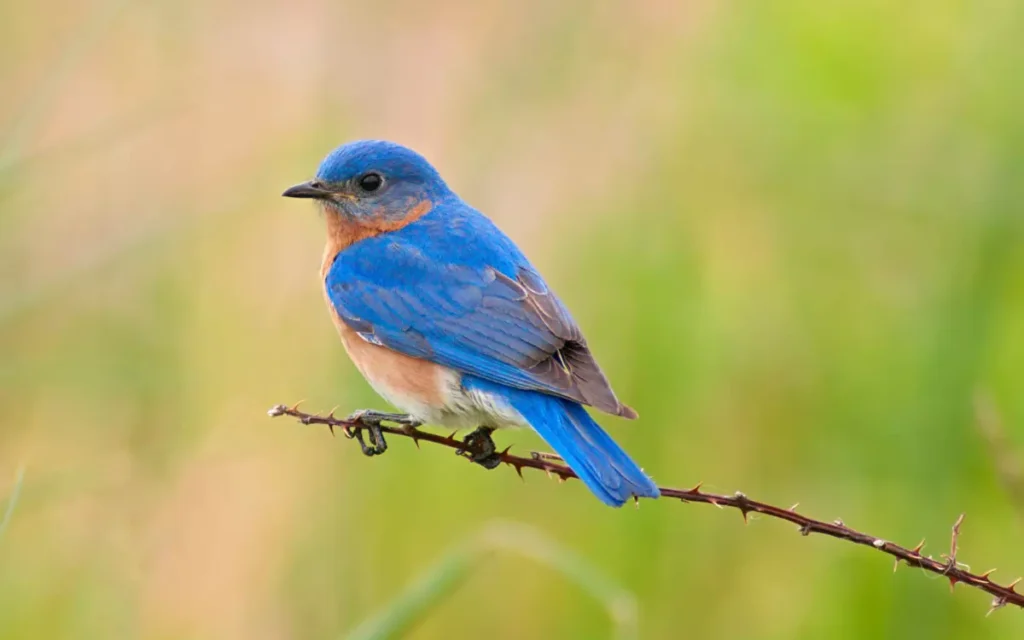
Eastern Bluebirds brighten up Arkansas winters with their brilliant blue backs and warm reddish chests. Though commonly associated with spring, many stay through winter—especially if food sources like berries or mealworms are available. Look for them perched on fence posts or hunting insects from open fields. They’ll also visit heated birdbaths during freezing weather.
Quick Facts:
- More visible in winter in open habitats
- Eats berries, dried fruit, and mealworms
- Will use nest boxes for winter roosting
8.American Goldfinch (Spinus tristis)

In winter, the bright yellow goldfinch trades its sunny colors for olive and brown—but remains a regular at nyjer and sunflower feeders across Arkansas. These agile, social birds travel in flocks, often hanging upside down while eating. Their soft, warbling calls can still be heard on quiet winter mornings.
Quick Facts:
- Winter plumage: dull olive with black wings
- Loves nyjer seed, sunflower chips, and feeders with mesh socks
- Often mixes with Pine Siskins in flocks
9.Downy Woodpecker (Dryobates pubescens)
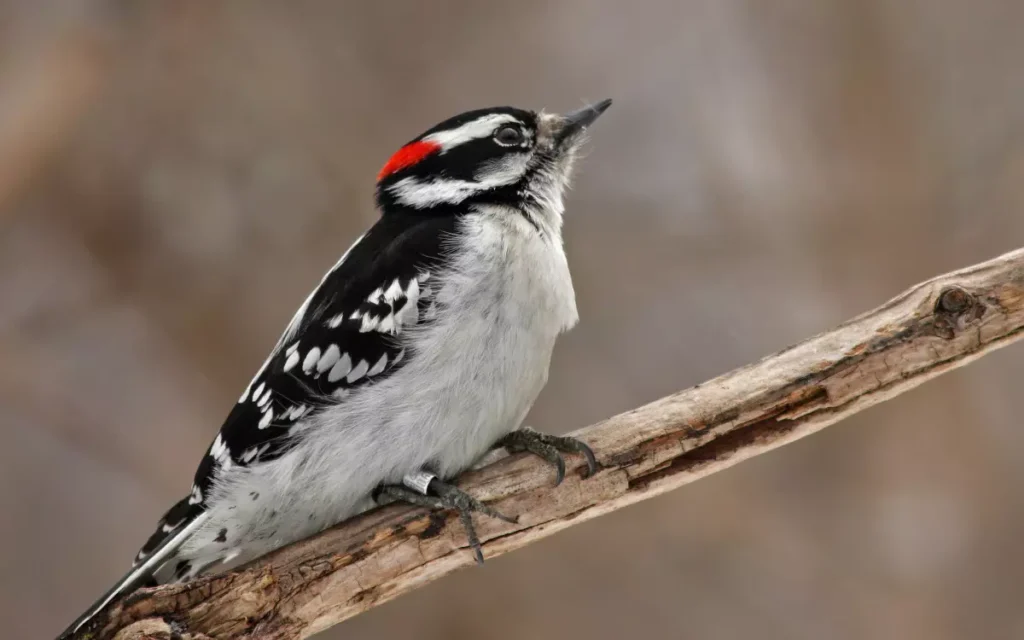
This tiny, black-and-white woodpecker is a year-round resident, but it becomes more visible in winter as it visits suet feeders frequently. Males have a red patch on the back of the head, while females don’t. Downy Woodpeckers are often seen foraging on tree trunks or joining chickadee-titmouse flocks.
Quick Facts:
- Smallest woodpecker in North America
- Favorite foods: suet, peanut butter mix, and sunflower seeds
- More active at feeders in winter months
10.Red-bellied Woodpecker (Melanerpes carolinus)
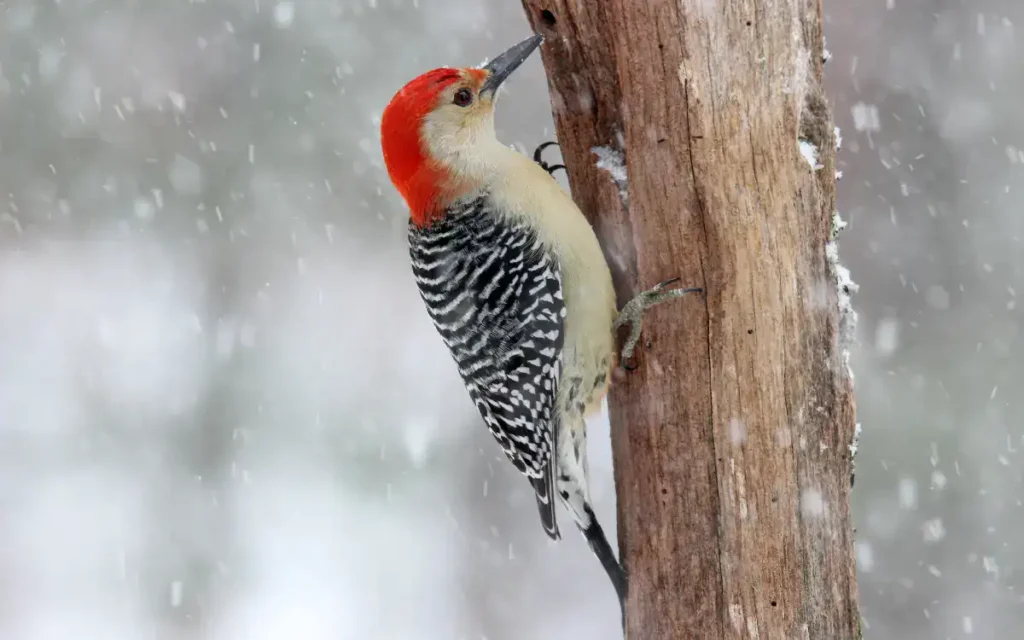
Despite the name, the red on this bird’s belly is hard to spot. It’s the bright red crown and nape that stand out, especially on males. Red-bellied Woodpeckers are loud, curious, and frequently visit feeders with suet, peanuts, and corn. Their loud “churrr” calls echo through Arkansas woodlands all winter long.
Quick Facts:
- Common in woodlands, suburbs, and backyards
- Eats suet, peanuts, and fruits
- Vocal and bold—often the largest visitor at feeders
11.White-breasted Nuthatch (Sitta carolinensis)
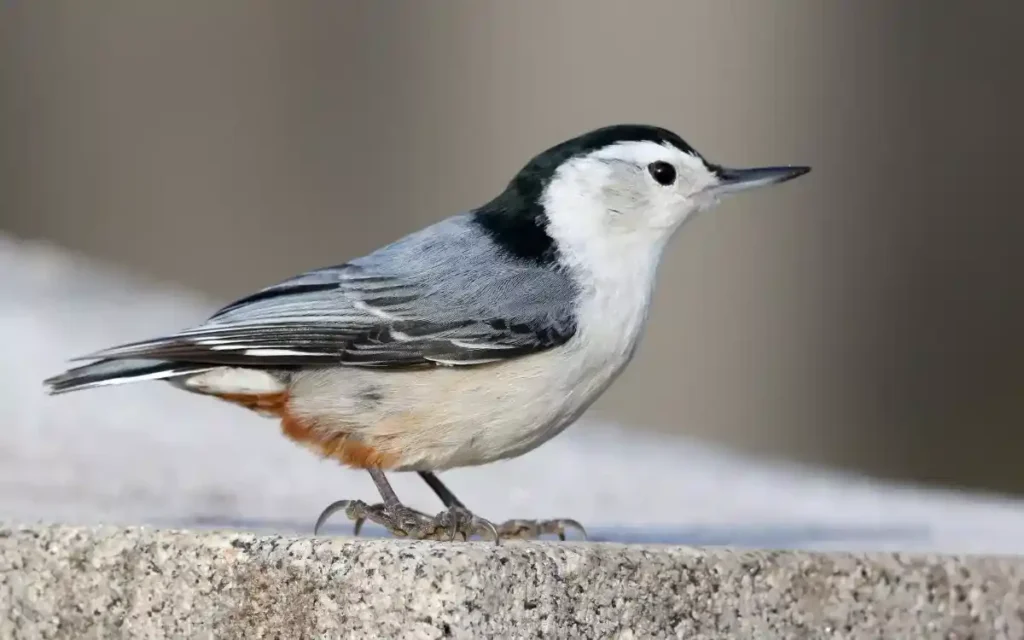
Known for their acrobatic moves, White-breasted Nuthatches climb down tree trunks headfirst in search of insects and seeds. They’re common in Arkansas forests year-round, but in winter, they often appear at suet and peanut feeders. Their nasal “yank-yank” call and bold behavior make them easy to spot among mixed flocks.
Quick Facts:
- Moves headfirst down tree trunks
- Loves suet, sunflower seeds, and peanut bits
- Often forages with chickadees and titmice in winter
12.Brown Creeper (Certhia americana)
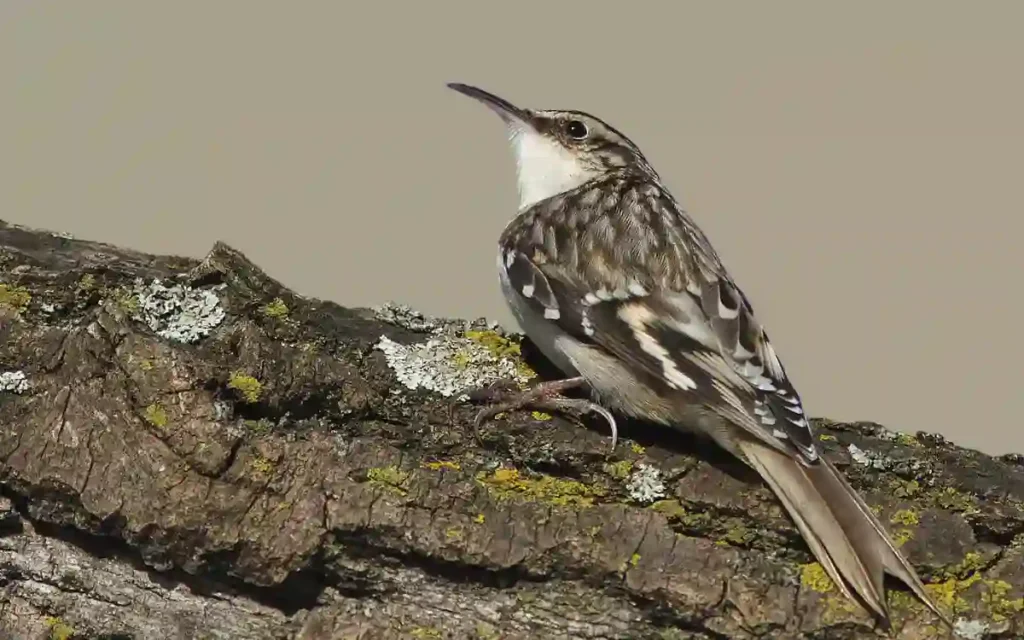
This small, spiral-climbing bird blends in perfectly with tree bark. Brown Creepers start low on a trunk and work their way up in search of insects hiding in cracks. They’re shy and quiet but become more noticeable in leafless winter woods. Rarely visiting feeders, they’re best spotted in mature forests.
Quick Facts:
- Camouflaged—resembles bark
- Prefers mature trees in wooded areas
- Uncommon at feeders; best found by watching tree trunks carefully
13.Hermit Thrush (Catharus guttatus)
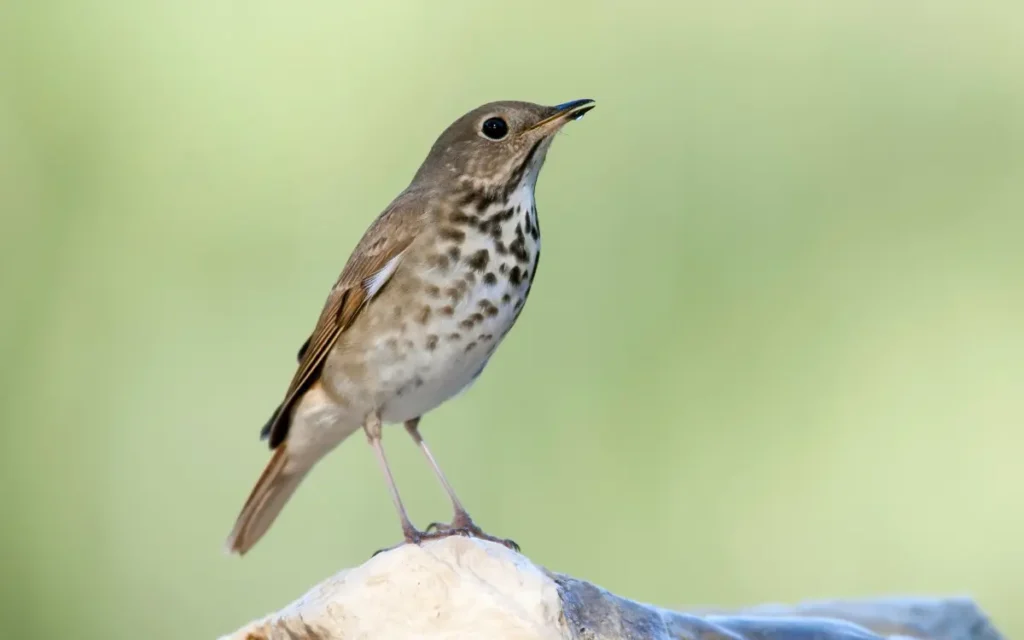
With its warm brown back, reddish tail, and spotted chest, the Hermit Thrush brings a subtle beauty to Arkansas winters. Unlike other thrushes, it stays through the cold months, favoring wooded ravines and brushy areas. Known for its ethereal summer song, in winter it becomes more silent and solitary.
Quick Facts:
- Only thrush to winter regularly in Arkansas
- Flicks reddish tail frequently while perched
- Eats berries and insects in leaf litter
14.Cedar Waxwing (Bombycilla cedrorum)
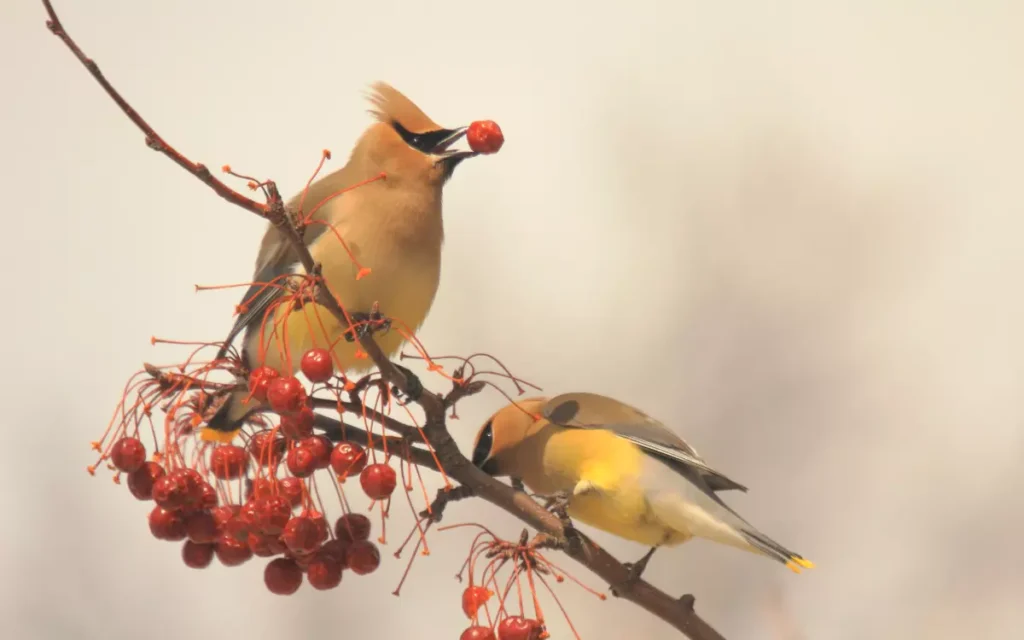
Cedar Waxwings arrive in large, silky-soft flocks in late fall and winter, drawn to berries and ornamental fruit trees. With their sleek crests, yellow-tipped tails, and black eye masks, they look almost unreal. Waxwings are gentle and social, often passing berries to one another and descending silently onto shrubs.
Quick Facts:
- Feeds on berries like holly, cedar, and juniper
- Attracted to fruiting trees in yards and parks
- Travels in tight, quiet flocks with flowing flight
15.Yellow-rumped Warbler (Setophaga coronata)

Nicknamed “butter butts,” Yellow-rumped Warblers are the only warblers most Arkansans see in winter. They have gray and white plumage with a yellow patch on the rump and sometimes on the sides. These adaptable birds eat berries in winter and visit suet feeders more often than other warblers.
Quick Facts:
- Only warbler commonly found in Arkansas during winter
- Eats berries, suet, and mealworms
- Often flits in tree canopies or low shrubs near feeders
Read also: White Birds in Arkansas: 9 Beautiful Species to Watch For
16.Eastern Towhee (Pipilo erythrophthalmus)
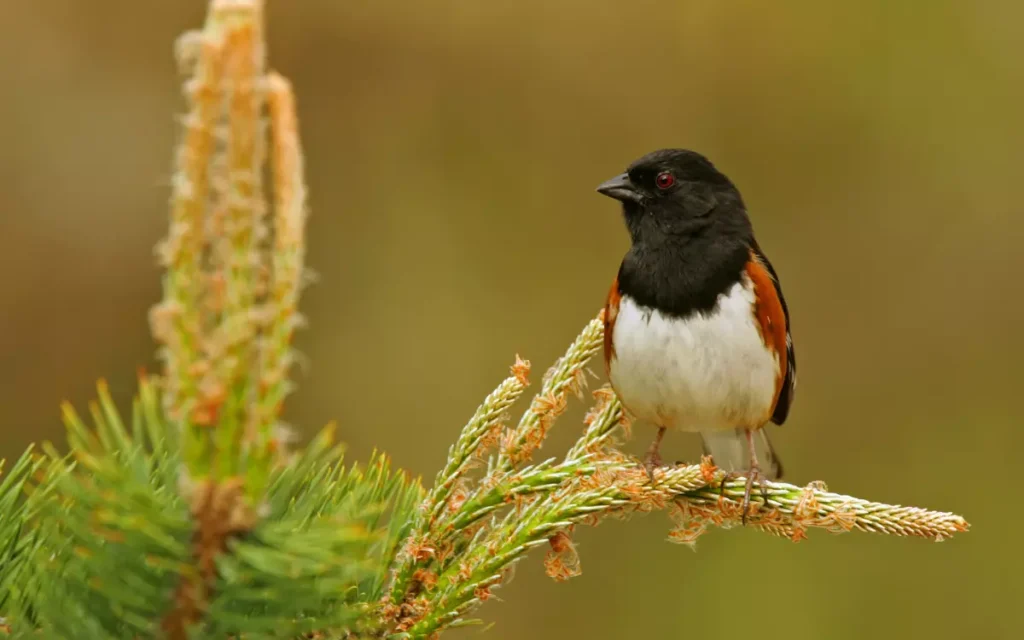
Eastern Towhees are striking sparrow-sized birds with black (or dark brown for females), rusty sides, and white bellies. In winter, they forage on the ground under thick shrubs and brush piles, often scratching at the leaf litter with both feet. Their loud “chewink!” call stands out on quiet winter days, especially near woodland edges.
Quick Facts:
- Prefers brushy edges, hedges, and woodland borders
- Rarely visits feeders unless seed is scattered on the ground
- Feeds by double-foot scratching under leaves
17.American Robin (Turdus migratorius)
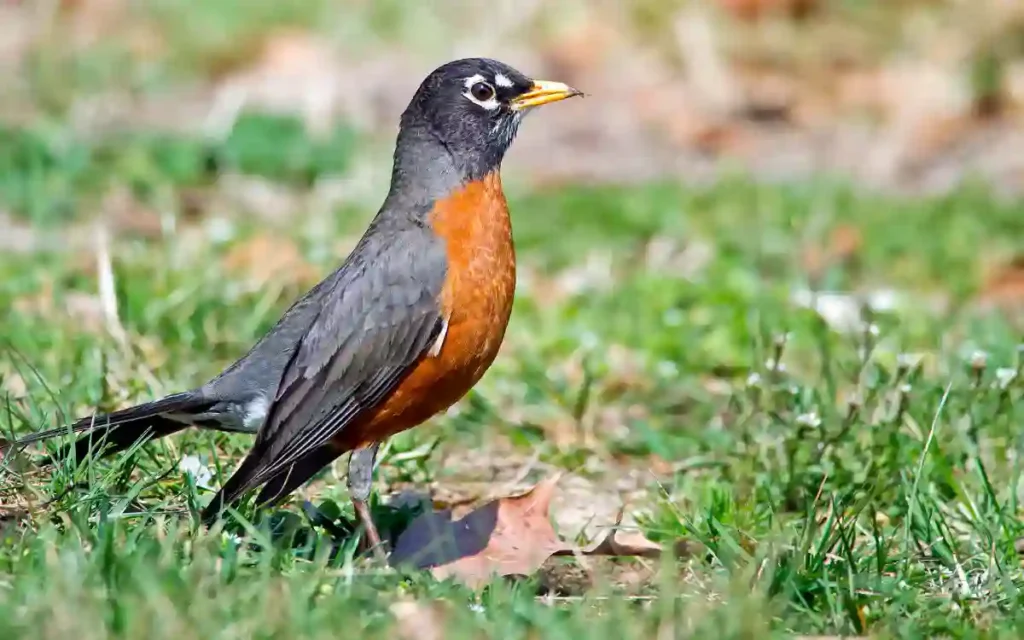
Though often associated with spring, American Robins are actually present in Arkansas all winter—just in different habitats. Instead of lawns, they form huge flocks in wooded areas and feed heavily on berries and fruit. You’ll spot them around holly, juniper, and cedar trees more than earthworms in winter.
Quick Facts:
- Forms large roaming flocks in winter
- Feeds on berries and fruit trees instead of worms
- More common in woods than yards in colder months
18.Northern Flicker (Colaptes auratus)

This ground-feeding woodpecker has a brown body with black spots and a flash of yellow under its wings. Flickers forage for ants and beetles in open ground and are less likely than other woodpeckers to visit suet feeders—but they will, especially during snow. Their loud “kleer!” call carries far through Arkansas woodlands.
Quick Facts:
- Forages on the ground for insects, even in winter
- Will visit suet feeders during cold snaps
- Look for yellow wing linings in flight (Yellow-shafted Flicker)
19.Purple Finch (Haemorhous purpureus)

These finches only visit Arkansas in certain years (called “irruption” years), but when they do, they’re a treat. Males look raspberry-colored, while females are heavily streaked and brown. They’re larger and redder than House Finches and prefer sunflower and safflower seeds at feeders.
Quick Facts:
- Unpredictable—seen mainly during irruption years
- Prefers sunflower seeds over nyjer
- Males are reddish-purple, females heavily streaked
20.Pine Siskin (Spinus pinus)
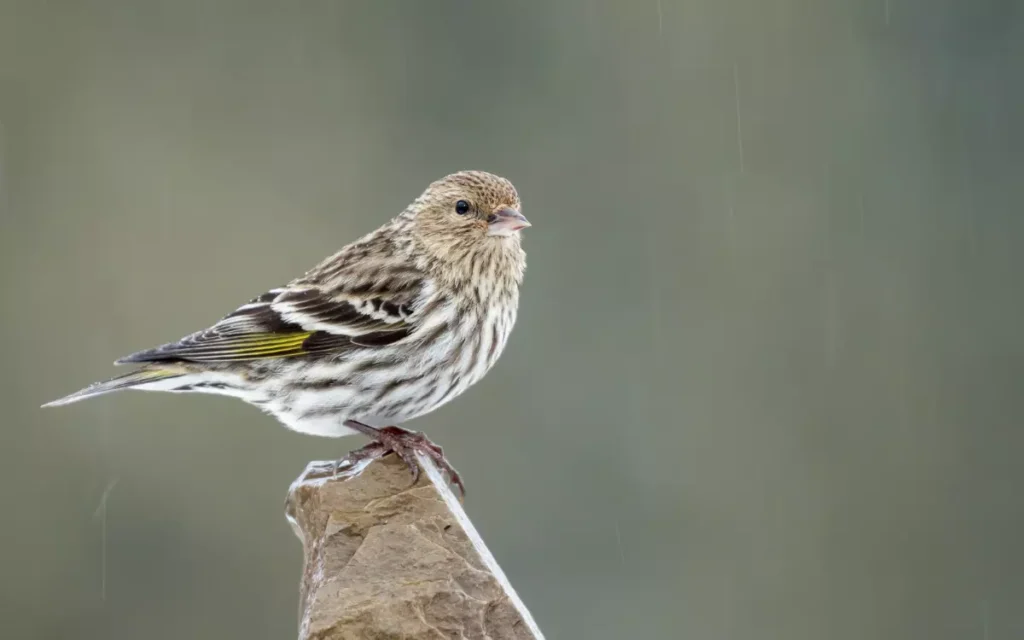
These small, streaky finches are erratic winter visitors. When they do arrive, they come in noisy, fast-moving flocks and love nyjer seed feeders. Pine Siskins look like a streakier goldfinch with hints of yellow in the wings. They’re energetic, chatty, and may mix with goldfinches at feeders.
Quick Facts:
- Flock visitor at nyjer and sunflower feeders
- Look for yellow edges on wings
- Often mixes with finches and shows up suddenly
21.American Crow (Corvus brachyrhynchos)
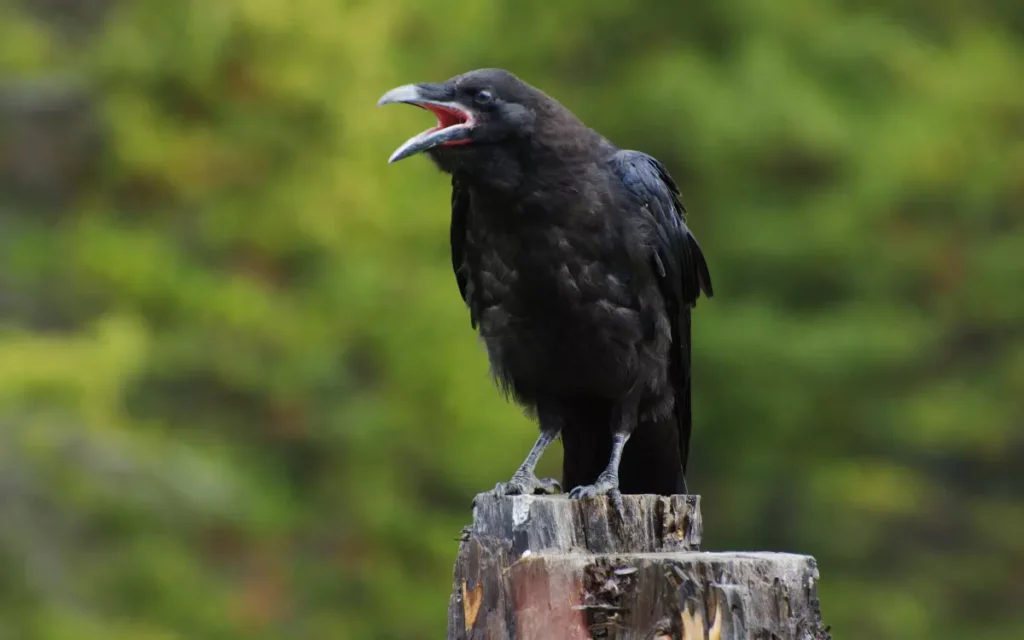
Large, intelligent, and highly social, American Crows form huge roosts in winter across Arkansas. They’re adaptable and seen almost everywhere—fields, forests, and towns. In colder months, they scavenge, feed in crop fields, and often mob hawks or owls. Crows don’t use feeders but may come for cracked corn or scraps.
Quick Facts:
- Forms noisy flocks and communal roosts in winter
- Eats almost anything: insects, seeds, carrion, trash
- Intelligent and cautious around people
22.Blue Jay (Cyanocitta cristata)
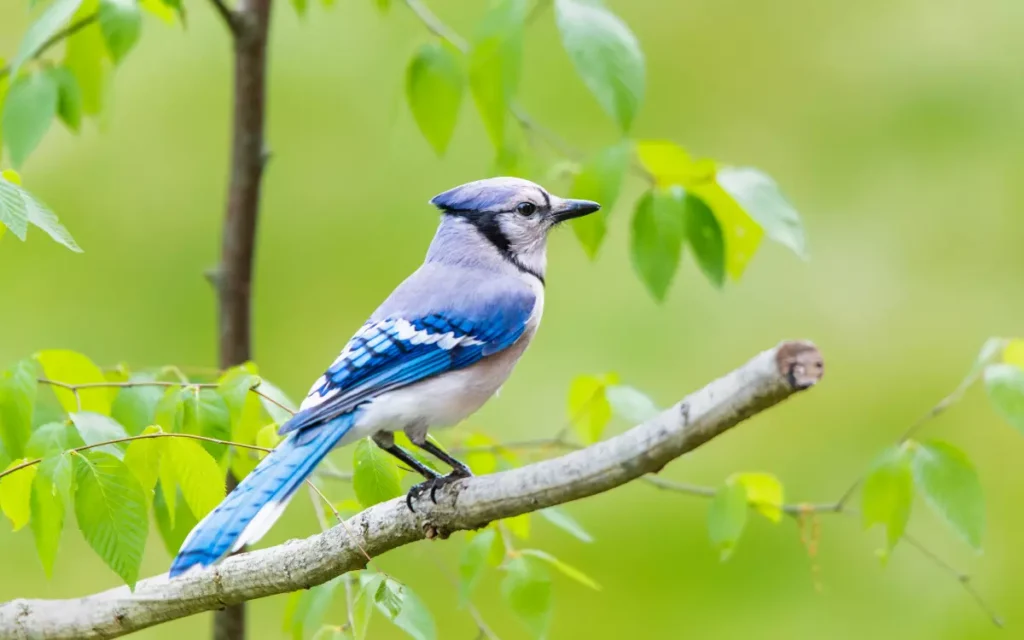
Blue Jays are bold, noisy, and active all winter long in Arkansas. With their bright blue feathers and loud calls, they’re hard to miss. These jays cache food in fall and retrieve it in winter. They love peanuts, suet, and corn and often dominate feeders with their size and attitude.
Quick Facts:
- Stores food in fall for winter feeding
- Eats corn, peanuts, sunflower, and suet
- Loud calls often alert other birds to hawks
23.Northern Mockingbird (Mimus polyglottos)

Mockingbirds stay in Arkansas year-round and fiercely defend their winter food sources. In cold months, you’ll often see one perched on a berry-laden bush, chasing away intruders. Their loud, mimicking calls continue through winter, making them one of the more vocal backyard birds even when others are quiet.
Quick Facts:
- Territorial in winter, especially over berry bushes
- Mimics songs of other birds even in cold weather
- Prefers fruit but will visit suet feeders occasionally
Read also: 3 Types Kites in Arkansas
24.House Finch (Haemorhous mexicanus)

House Finches are widespread and often the most common finch at Arkansas feeders. Males have rosy-red faces and chests, while females are streaked brown. These sociable birds enjoy sunflower seeds and frequent hanging tube feeders in both urban and rural settings.
Quick Facts:
- Loves tube feeders filled with sunflower or safflower
- Often confused with Purple Finch (which is redder and chunkier)
- Year-round resident that flocks more visibly in winter
25.Golden crowned Kinglet (Regulus satrapa)

Tiny and constantly moving, Golden-crowned Kinglets are winter-only visitors to Arkansas. They flit through conifers and wooded areas, often high up, feeding on small insects. Look closely to see their golden stripe on top of the head—more visible when they raise their crown feathers.
Quick Facts:
- Extremely small—hard to see but very active
- Found in mixed flocks in pine and hardwood forests
- Often forages upside down on branches
26.Ruby-crowned Kinglet (Regulus calendula)

Similar to its golden-crowned cousin, the Ruby-crowned Kinglet is tiny, hyperactive, and a winter visitor in Arkansas. While the red crown is usually hidden, it flares when the bird is excited. Look for these birds in shrubs, edges, and even backyard trees as they forage for insects.
Quick Facts:
- Quick movements and wing-flicking help identify it
- Red crown is usually hidden unless agitated
- More likely to visit lower shrubs than Golden-crowned
27.Red-shouldered Hawk (Buteo lineatus)

This woodland hawk remains active throughout the Arkansas winter. With bold black-and-white wings and a rusty chest, it’s often heard before seen, thanks to its loud “kee-yer” call. Look for them perched near wooded wetlands or soaring over backyards near forest edges.
Quick Facts:
- Prefers wooded areas, often near water
- Call is sharp and ringing—“kee-yer!”
- Often confused with Red-tailed Hawk (which is larger)
28.Cooper’s Hawk (Accipiter cooperii)

A sleek, fast-flying raptor, Cooper’s Hawks are known for stalking bird feeders. They zip through backyards and woodlands hunting smaller birds. In winter, they’re more visible and can be seen perched quietly near feeding stations, waiting for a chance to strike.
Quick Facts:
- Feeder stalker—preys on smaller birds
- Long tail and rounded wings for agile flight
- More common in suburbs and parks during winter
Frequently Asked Questions
What birds stay in Arkansas during winter?
Many birds remain in Arkansas through the cold months. Year-round residents like the Northern Cardinal, Carolina Chickadee, and Tufted Titmouse stay active all winter, while species like Yellow-rumped Warblers and White-throated Sparrows migrate in specifically for the season.
What birds come to Arkansas only in winter?
Winter-only visitors include the Dark-eyed Junco, White-throated Sparrow, Pine Siskin, and Golden-crowned Kinglet. These birds migrate south from colder climates and are commonly seen at feeders or in wooded areas from late fall to early spring.
What should I feed birds in Arkansas during winter?
Offer high-energy foods like black oil sunflower seeds, suet cakes, nyjer seed, and shelled peanuts. These help birds stay warm and well-fed when insects and natural food sources are scarce.
Do hummingbirds stay in Arkansas for the winter?
Most hummingbirds, like the Ruby-throated Hummingbird, migrate south for winter. However, occasional sightings of Rufous Hummingbirds and other rare species have been documented at heated feeders during winter months.
How can I attract more birds to my backyard in winter?
To attract more birds in winter:
- Keep feeders clean and full
- Offer a variety of food (seed, suet, fruit)
- Add a heated birdbath or water source
- Plant native berry-producing shrubs for natural food



